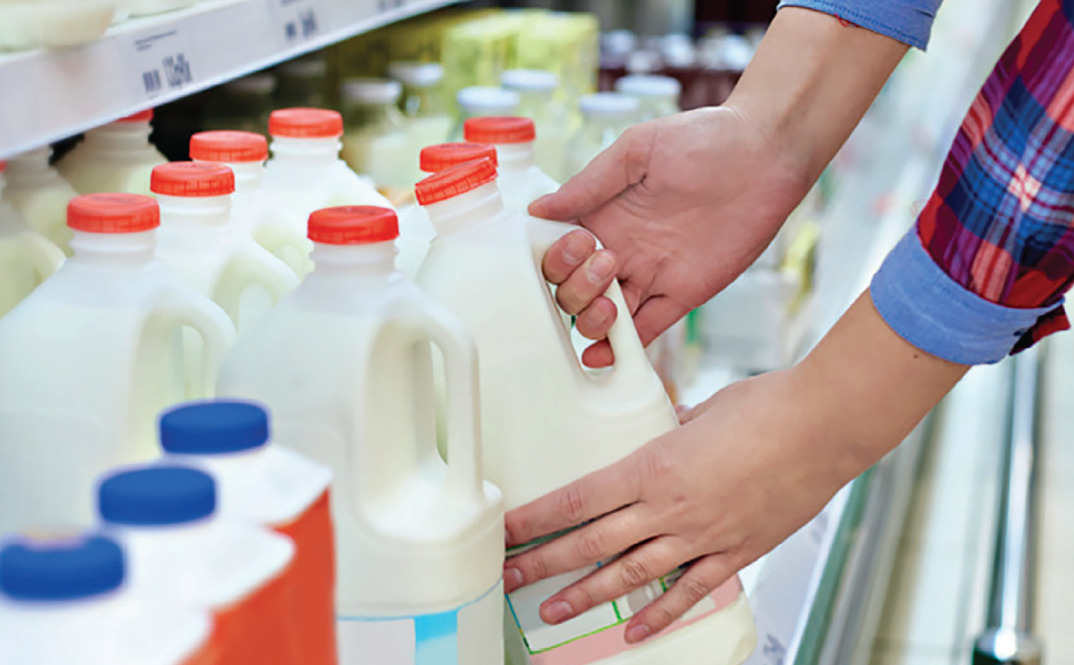The price of 30 everyday staple grocery items rose, on average by 7% in the last year, according to the latest figures from the Office for National Statistics (ONS) released at the end of last month. These analysed the price of food-and-drink products, using supermarket data over the 12 months to April 2022.
It showed lowest-priced items have increased in cost by around as much as average food and non-alcoholic drinks prices.
For 13 of the 30 sampled items monitored, the average lowest price, across the seven retailers, increased at a faster rate than the latest available official consumer price inflation measure for food and non-alcoholic beverages, with a 6.7% rise.
The largest price rises, on average, were for beef mince, up by 32p for 500g to £2.34, and chicken breast, up by 28p to £3.50 for 600g. Pasta (up by 17p), vegetable oil (14p), and crisps and rice (both 12p) showed the next-largest rises.
Milk prices rise yet again, becomes loss leader
However, the largest average fall in the lowest price was measured for potatoes, down by 12p to 75p for a 2.5kg bag, followed by cheese, down by 7p to 88p for 255g and pizza, by 4p to 95p for 300g.
Last month, prices accelerated at the fastest rate in more than a decade, according to the latest shop price index from the British Retail Consortium and NielsenIQ, with food inflation jumping from 3.5% in April to 4.3% in May.
Experts attribute the acceleration to the combination of the Ukrainian crisis, Brexit and Covid-19.
Financial specialist EY’s UK&I retail lead Silvia Rindone has predicted a focus on own-label and ‘value for money’ options in future. “Retailers will need to respond quickly to consumers’ concerns and select the right value strategy for their businesses to retain cost-conscious shoppers,” she said. “This could include exploring ways to reduce their own cost base and range rationalisation to reduce supply-chain costs.”



Comments
This article doesn't have any comments yet, be the first!